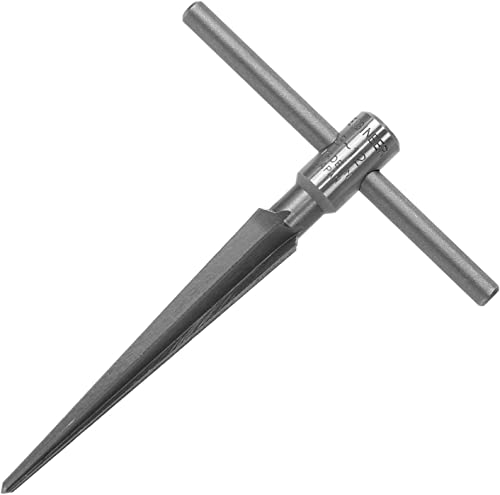The Purpose of the Flutes on a Reamer Explained
When it comes to machining operations, reaming is a crucial process for achieving accurate and precise holes in metal and other materials. The purpose of a reamer is to remove the excess material from a previously drilled hole and give it a smooth and accurate finish. The flutes on a reamer play a critical role in achieving this objective. In this article, we will delve into the purpose of the flutes on a reamer and how they enhance the reaming process.
1. Chip Removal
The primary purpose of the flutes on a reamer is to facilitate chip removal during the reaming process. As the reamer rotates, the flutes form channels that allow the chips, or debris, to be directed out of the hole. Without the flutes, chips would accumulate within the hole, impeding the reaming operation and resulting in poor hole quality. The flutes on a reamer effectively act as conduits that allow coolant or lubricant to flow through and carry away the chips, keeping the cutting edges clean and prolonging the tool life.
2. Improved Tool Stability
The presence of flutes on a reamer also enhances its stability during the machining process. The flutes increase the surface area of the tool that comes into contact with the material being cut. This increased surface area reduces the force exerted on each individual flute, distributing it more evenly across the reamer. Consequently, the tool experiences reduced vibrations and deflection, resulting in improved cutting performance and dimensional accuracy.
3. Heat Dissipation
The flutes on a reamer also aid in heat dissipation. During the reaming process, heat is generated due to the friction between the cutting edges of the reamer and the workpiece. If this heat is not effectively dissipated, it can lead to premature tool wear, loss of hardness, and reduced tool life. The flutes act as channels through which the heat can escape, preventing excessive heat buildup and allowing for longer tool life.
4. Increased Cutting Edge Exposure
The flutes on a reamer increase the cutting edge exposure, which is vital for achieving an accurate and precise hole. The cutting edges are located on the periphery of the flutes. As the reamer rotates, these cutting edges engage with the material, gradually removing the excess material and shaving it off to create a smooth and uniform hole. With more cutting edges exposed, the reamer can remove material more efficiently, resulting in a faster and more precise reaming process.
5. Prevention of Work Hardening
Work hardening is a common problem encountered during machining operations, especially when working with harder materials. When a material is repeatedly subjected to cutting forces, it can become hardened, making it more challenging to machine. The flutes on a reamer aid in preventing work hardening by allowing the cutting edges to engage with the material multiple times, distributing the forces and minimizing the chances of localized hardening. This ensures that the reaming process remains consistent and efficient.






